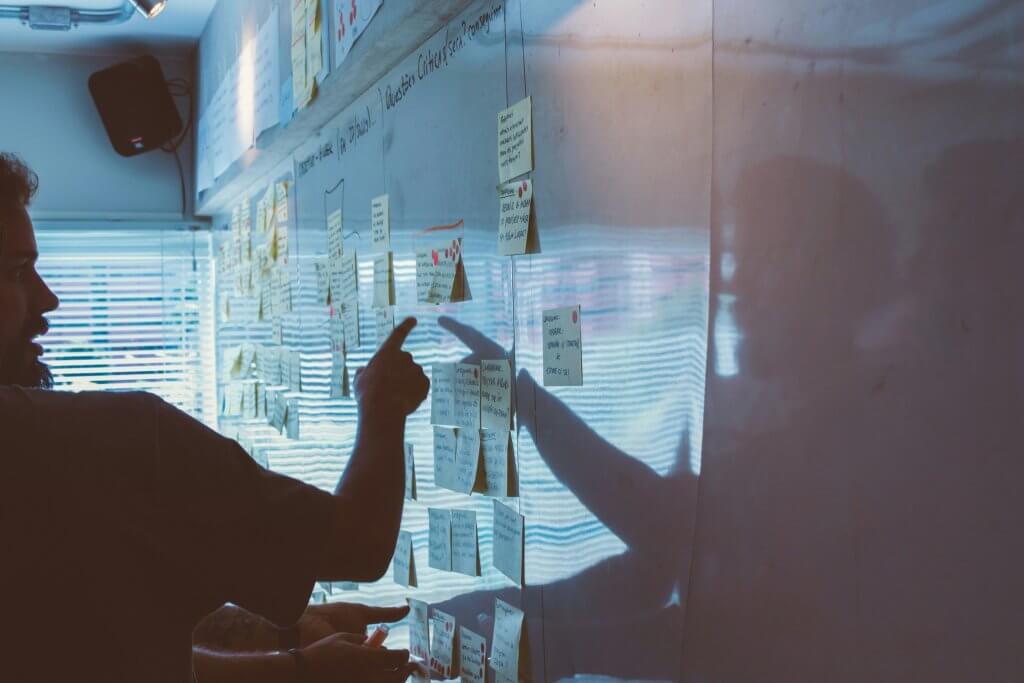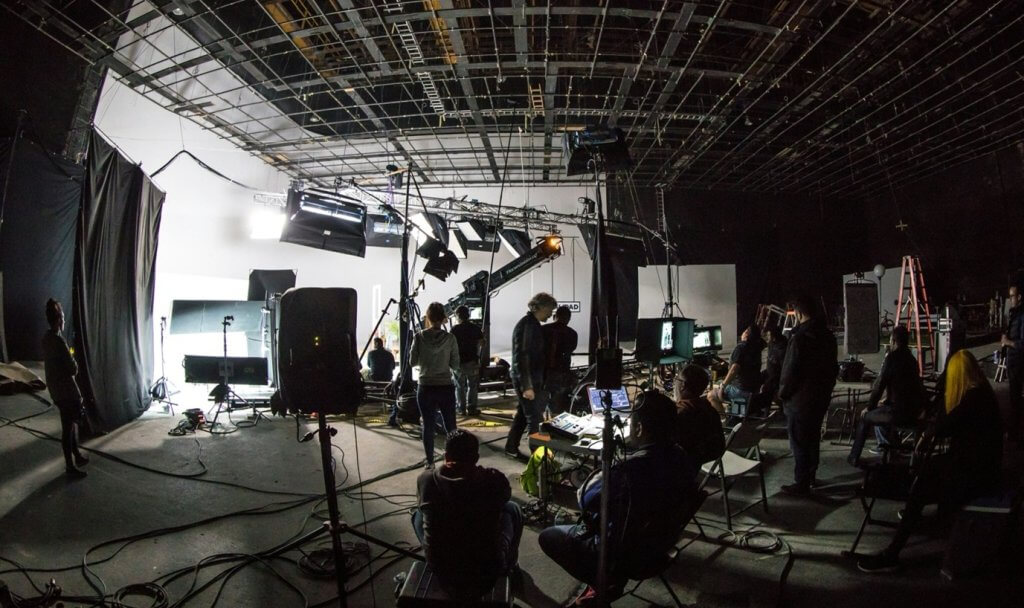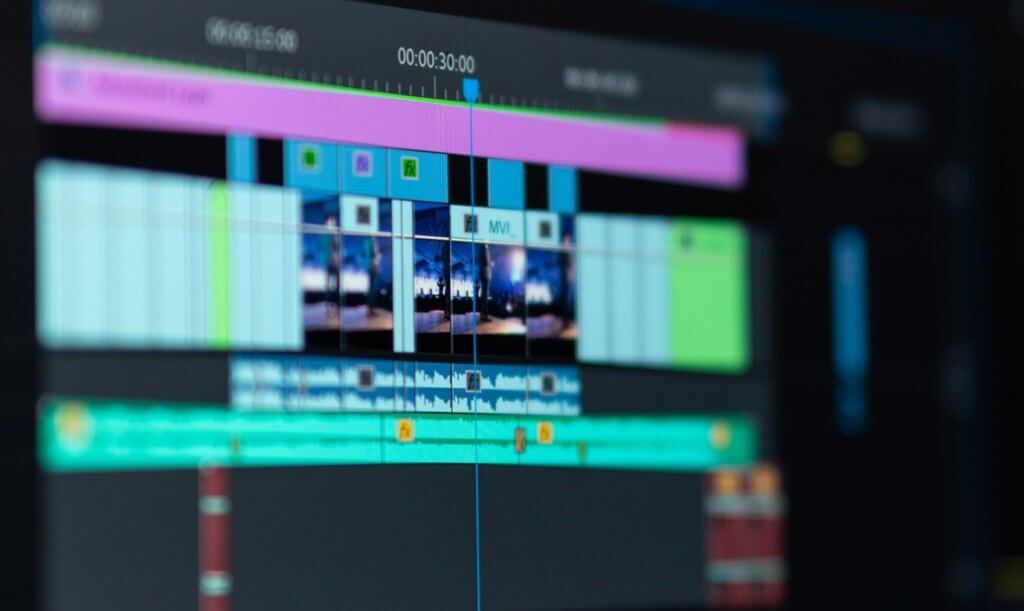Energy Savers Week 2025: How to Save Energy on Your Production
01/2025
Info

Looking to save money AND the planet? Have a look at some of our top tips below to see what you can do from prep all the way to post.

PREP
Creating a power plan in prep is one of the best ways to save energy across production. There are three key steps to follow in pre-production:
– Assess energy requirements across all departments. Encourage collaboration between key HODs and identify energy saving options.
– Calculate required capacity accurately. Generators are most efficient when running at at least 75% of their maximum load. Running a smaller generator for the same load can cut fuel consumption by over 10%. Consider monitoring power loads using a telemetry distro box, like an Erica board to inform decisions about what size generator you actually need.
– Identify your power low points. Are you running generators fit for your peak load when there are minimal power needs e.g. at weekends and overnight? This is the perfect time for battery / hybrid use, supplying only the power you need and reducing fuel use.
For more help on power planning, have a look at our Power & Transport Planning support here

PRODUCTION OFFICE
– Move on to (when the market is in favour) / prioritise hiring spaces with renewable energy tariffs
– Open windows, where possible, rather than using air con
– Turn off lights / plug sockets at the end of the day
– Install motion sensors for lighting
– Favour natural light before switching the lights on

ON LOCATION / IN THE STUDIO
A great place to start on location or in the studio is to look at your generators:
– Use hybrid or electric generators or electric power-stacks. Run an energy audit of the generator to ensure the correct size is being used.
– Use one generator for as many teams as possible rather than multiple generators.
– Replace your generator with an electric battery, or hybrid set-up. There are certain batteries which can sync to your generator, reducing fuel consumption by around 50%, or trickle-charge directly from the mains whilst in use. Get in touch with your sustainability manager for help finding the right solution.
– As well as replacing your main generator, smaller batteries can be used to charge equipment or power individual lamps. The Wattman 10kWh powerbank, the 5k Voltstack and the Instagrid range are all popular with gaffers.
– For practical application of changes, read what we did on the film Joy here
Outside of generators, consider the following:
– Switch off electronics when not in use, including after any pre-light. Save power by dimming between takes.
– Securing access to mains power wherever possible at unit base will be your best bet. Collaborate with the Locations Department and any Studio teams in prep to determine where 3-phase power is available. Batteries can be used in peak-shaving where mains power is available but too low or charged off-site overnight. Mains access should inform your decisions when scouting locations.
– Can you achieve a fully LED lighting package? The CreamSource Vortex and Skylite balloons are battery-powered LEDs with enough punch for night exteriors and larger spaces. Nanlux Evokes and the Filex Q series are also popular tungsten replacements.
– Use energy efficient HVAC units (heating, ventilation, aircon).
– Can you ensure heating / aircon is switched off in unused trailers / doors are kept shut?
– Use electric gators in place of combustion ones.

POST
– The emissions associated with storing data can be significant! By minimising stored data, you can reduce energy consumption.
– Ensure all machines are switched off by the end of the day.
For further information on how we can help your production, read more here.